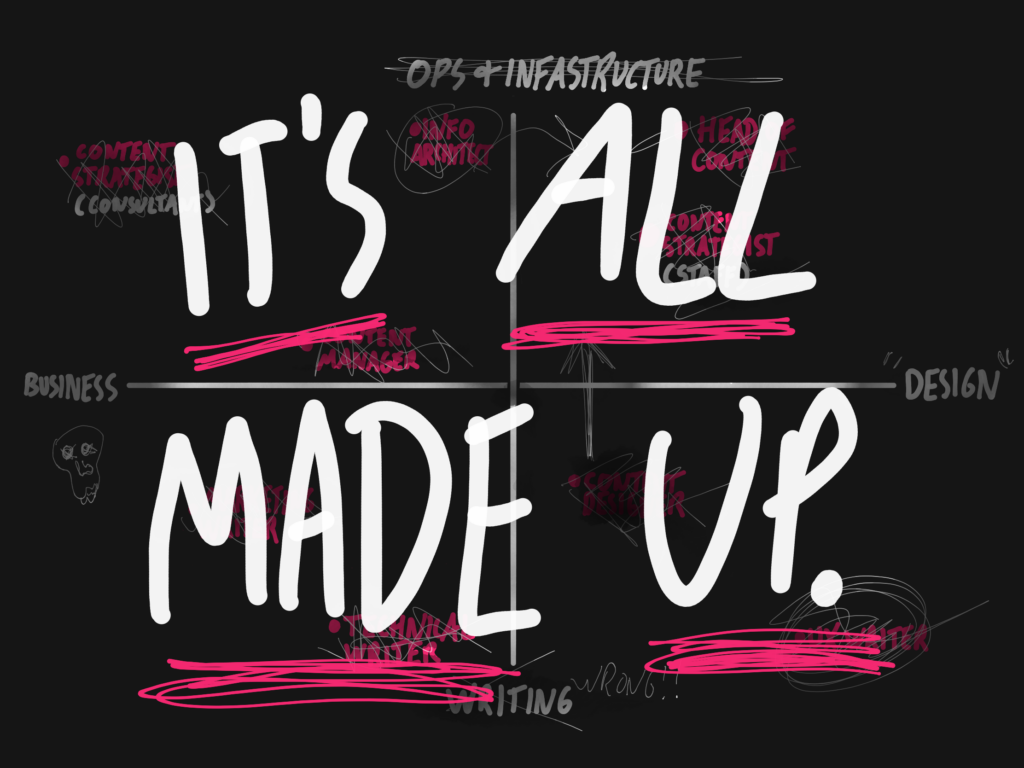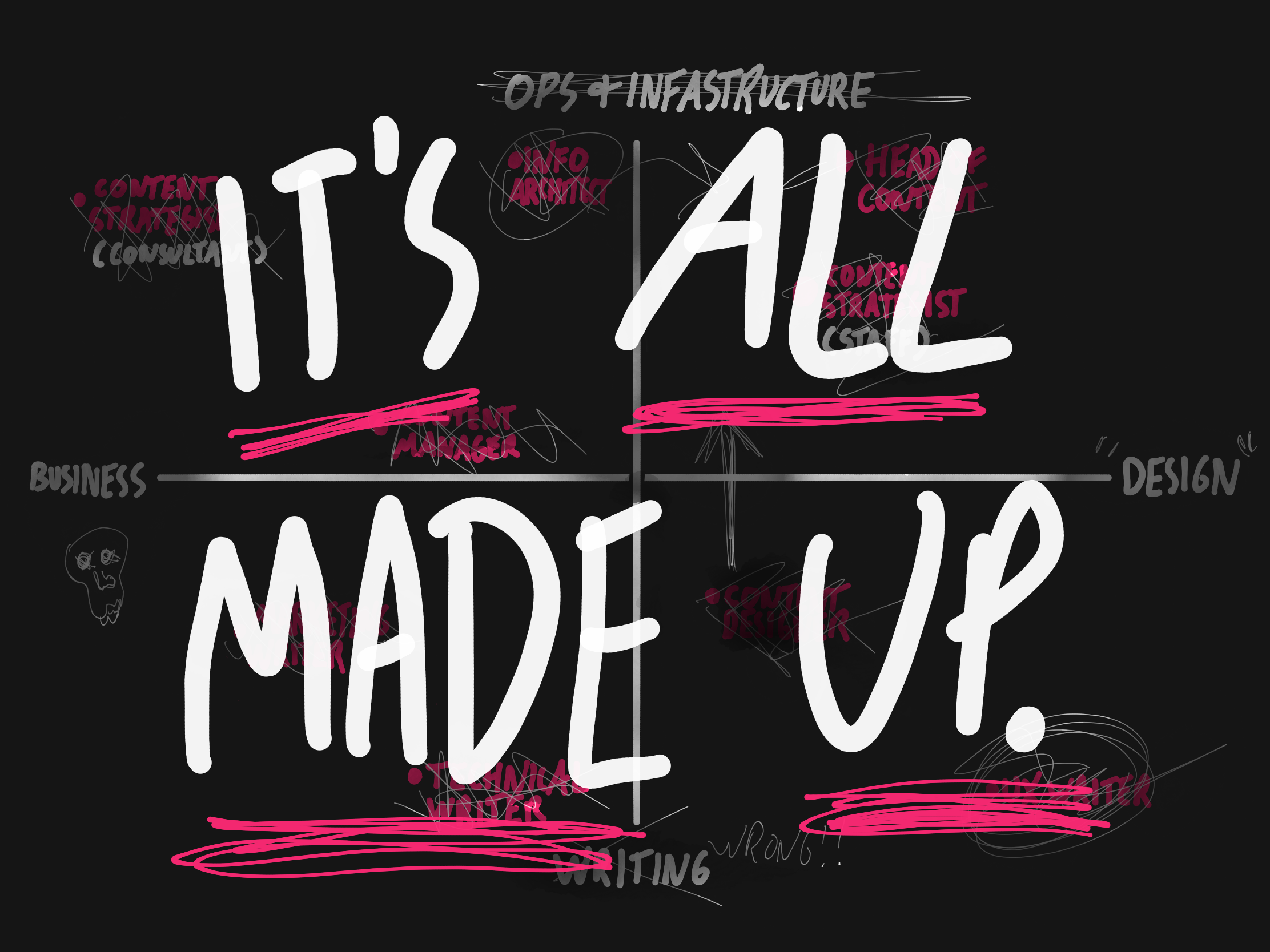A version of this originally appeared in Issue 043 of my UX Writing Events newsletter.
For a joint meetup of Content Marketing Atlanta and IxDA Atlanta earlier this year, the top question for me from both groups was some version of: “What is up with all of these different content roles?”
To illustrate my take on it, I illustrated my take on it:
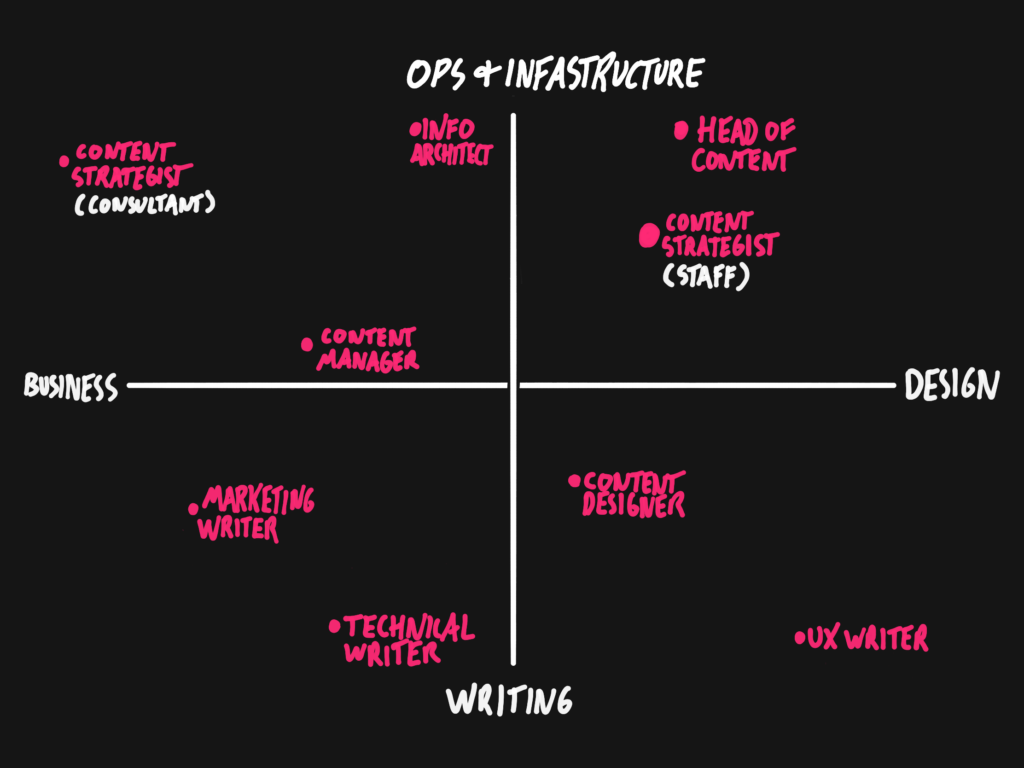
How You Spend Your Time
The vertical axis of this diagram can be thought of as focus and time. How much energy is going into actually writing and producing content? How much energy is going into systems, tools, planning, and infrastructure? Every content role is somewhere along that continuum. UX writers and technical writers tend to do a lot of writing. Content designers do a lot of writing, too, but maybe less so than those first two roles. Content strategists, especially content strategists on product teams, might do less writing, but still less writing than information architects and heads/directors of content. Just for example.
Who You Spend it With
The horizontal access is stakeholder face-time. How much time are you spending with designer-y type stakeholders, and how much time are you spending with business-y type stakeholders? Every content role is somewhere along that continuum. UX writers tend to be deeply embedded on UX design teams and work with design and product folks. Whereas a consulting content strategist from an agency might be working with an organization that doesn’t even have any designers, and find themselves working primarily or exclusively with business stakeholders. Just for example.
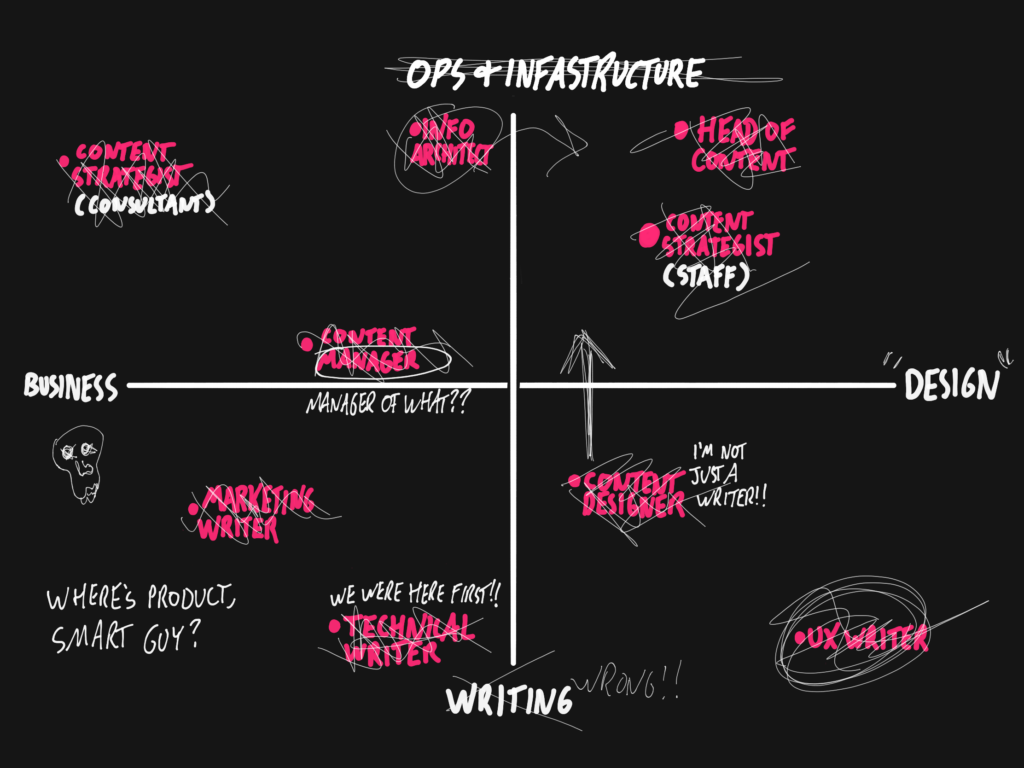
And hey, I get it. This diagram might not match your reality. Fine! But from my 12-ish years of industry experience, including both in-house and agency roles, and all kinds of consulting engagements across almost every industry … I’m confident arguing that this is a fairly close summary of the state of things.
If this is really not landing for you, consider a larger point I tried to stress during the meetup: Product-led SaaS companies aren’t the only kinds of companies, and there are MANY different understandings of these disciplines and roles in the wider business world. FAANG and the “ifys” are not the beginning and end of UX reality. I know content designers who are HAPPY to consider what they do writing, and never-ever-ever interact with UX teams or designers. I know content strategists who work exclusively in marketing. I know technical writers who are embedded in design teams. The important thing, as always, is to align on an understanding with the people you work with about the actual roles and responsibilities necessary to get the work done. When it comes to your projects, what I think doesn’t matter. After all…
